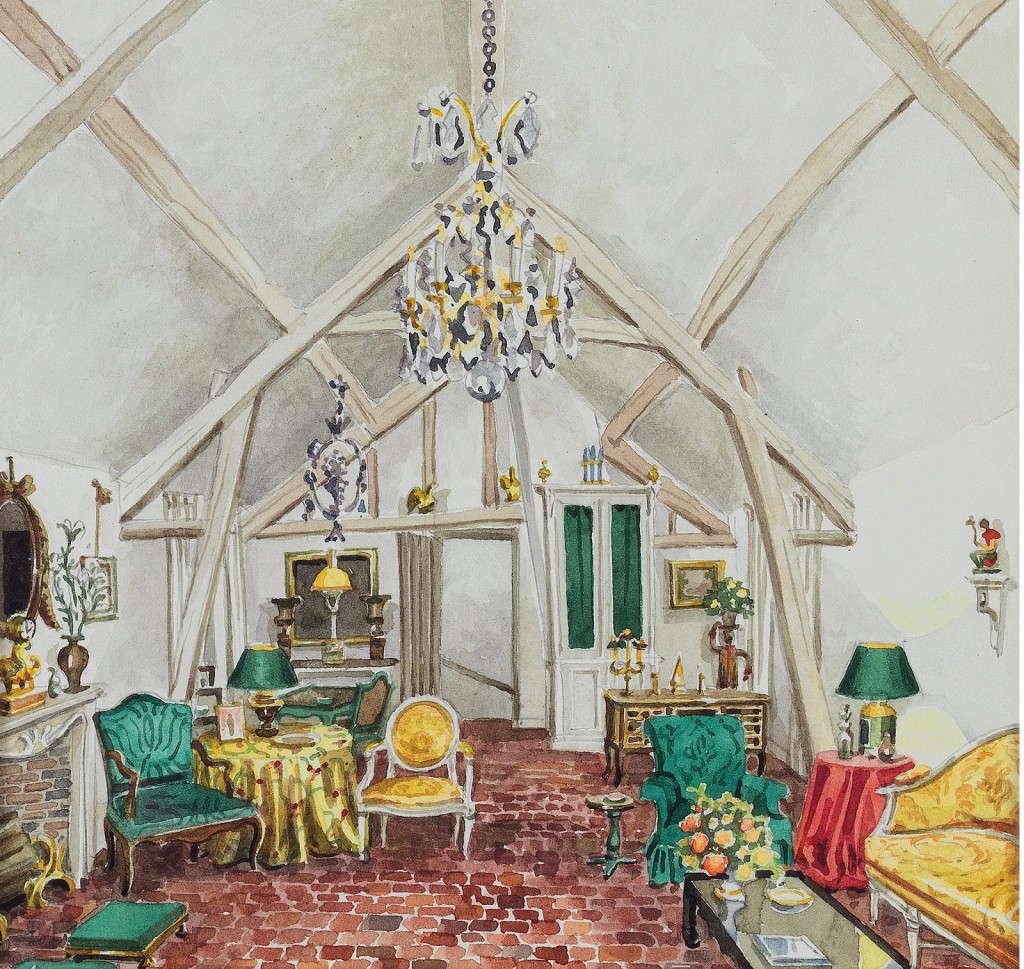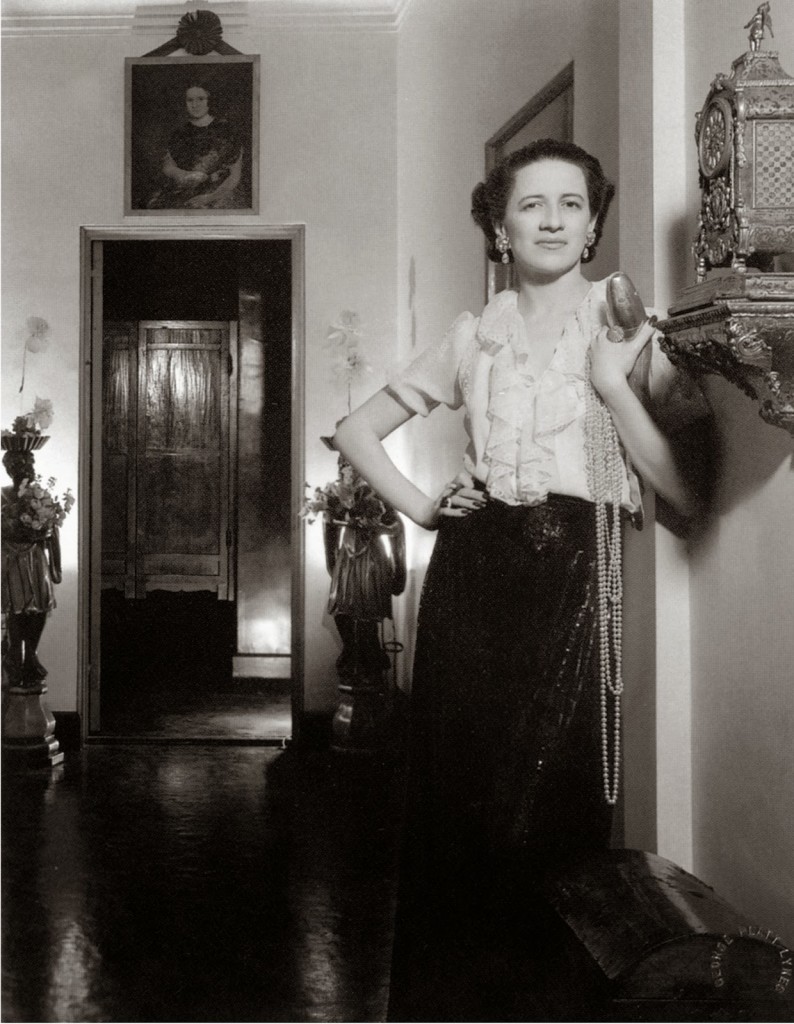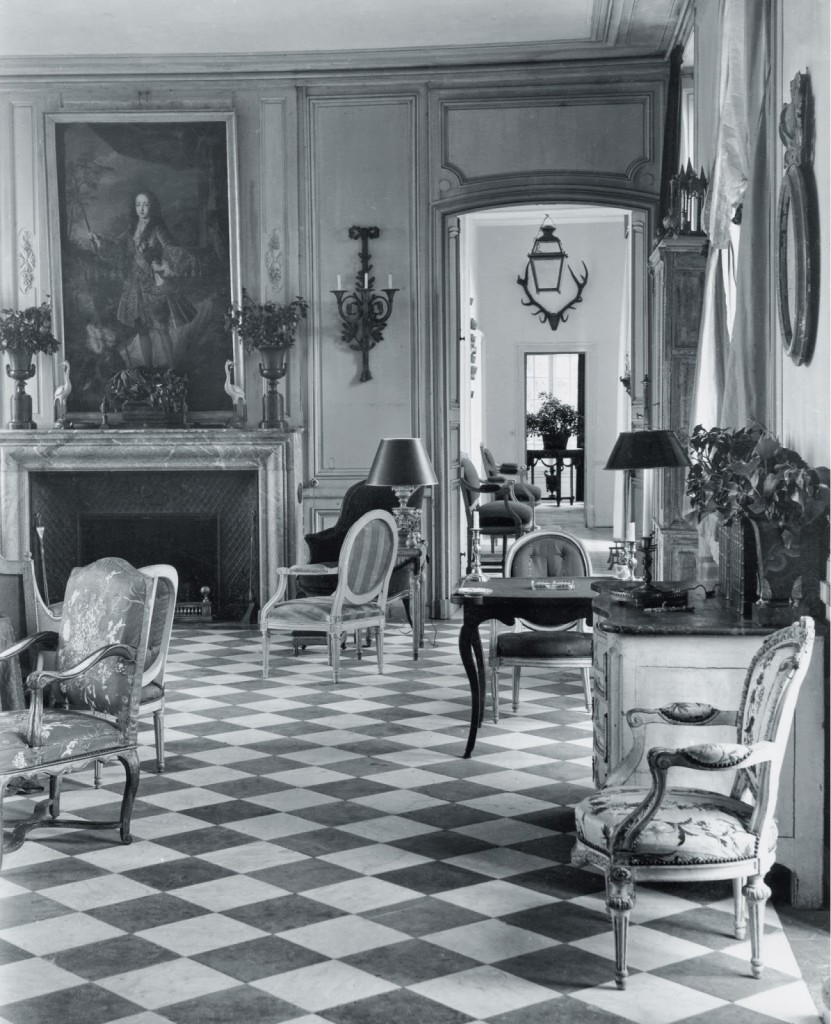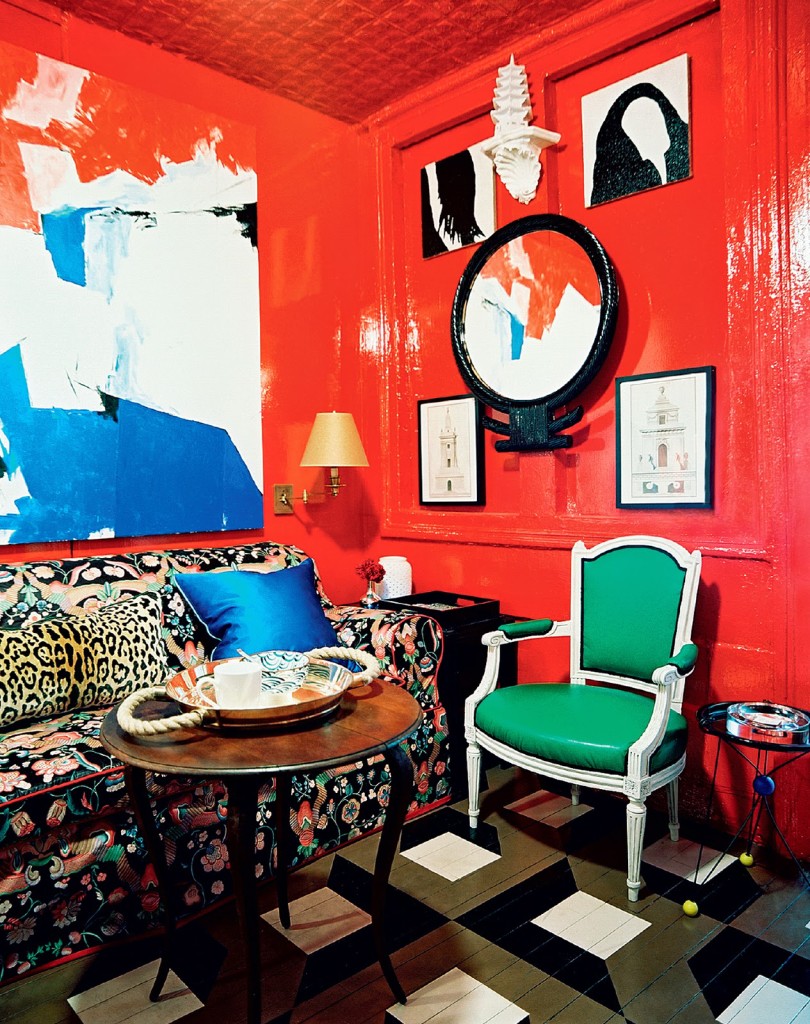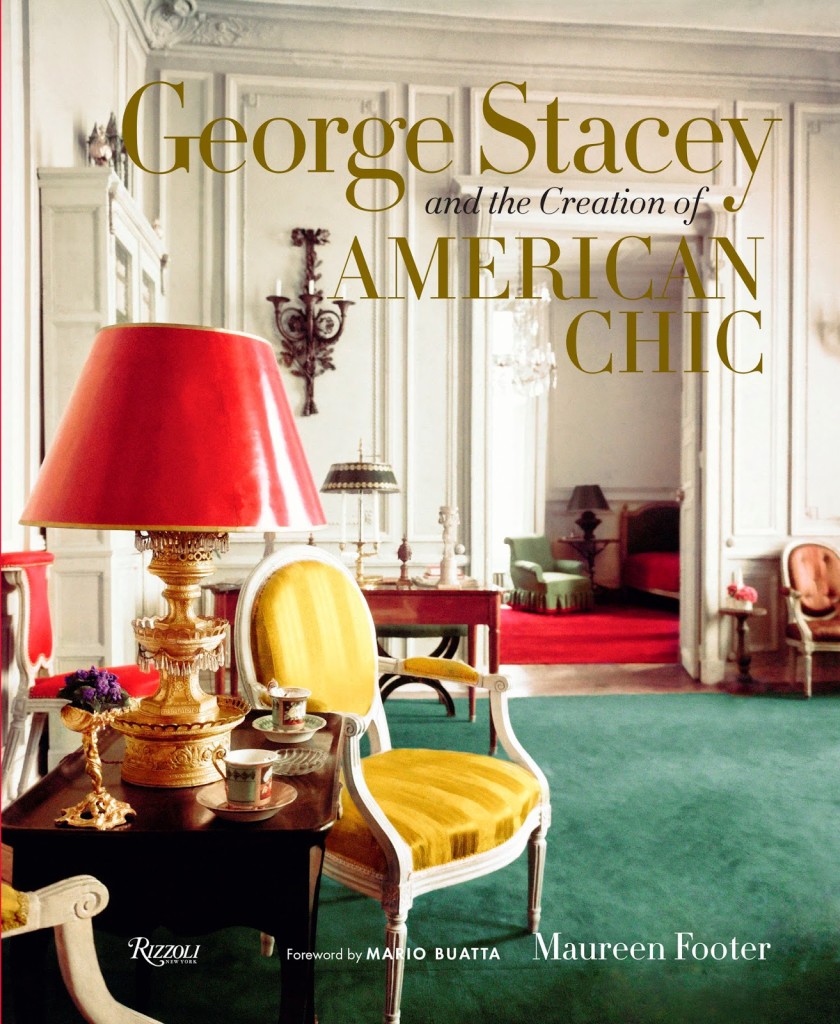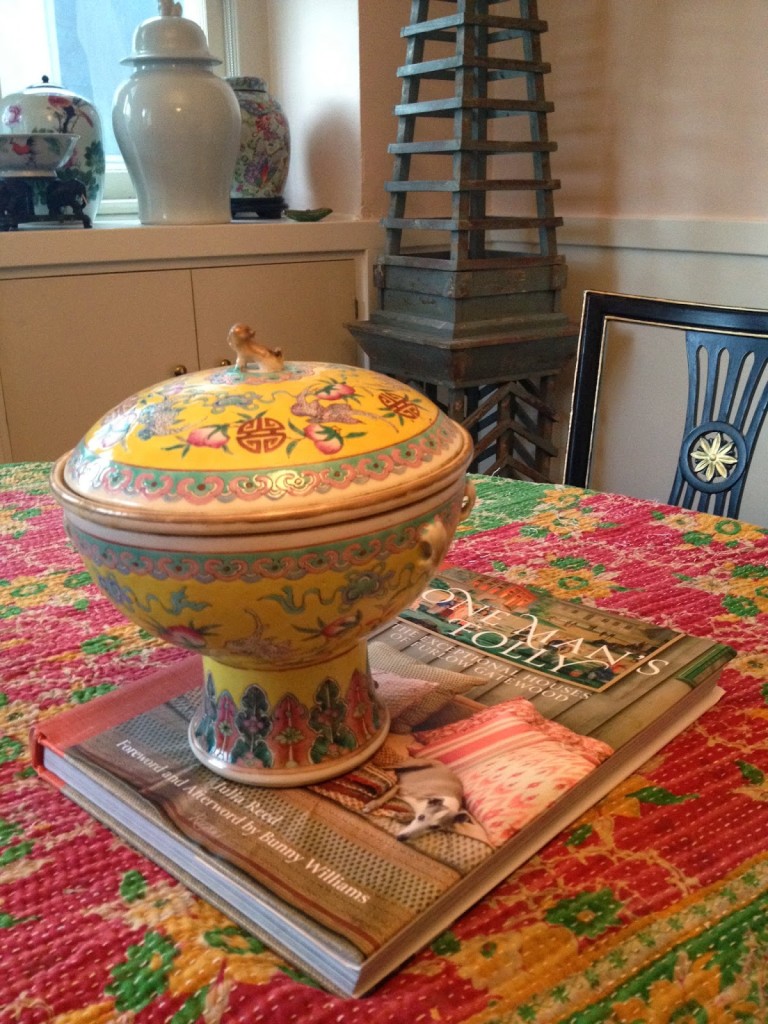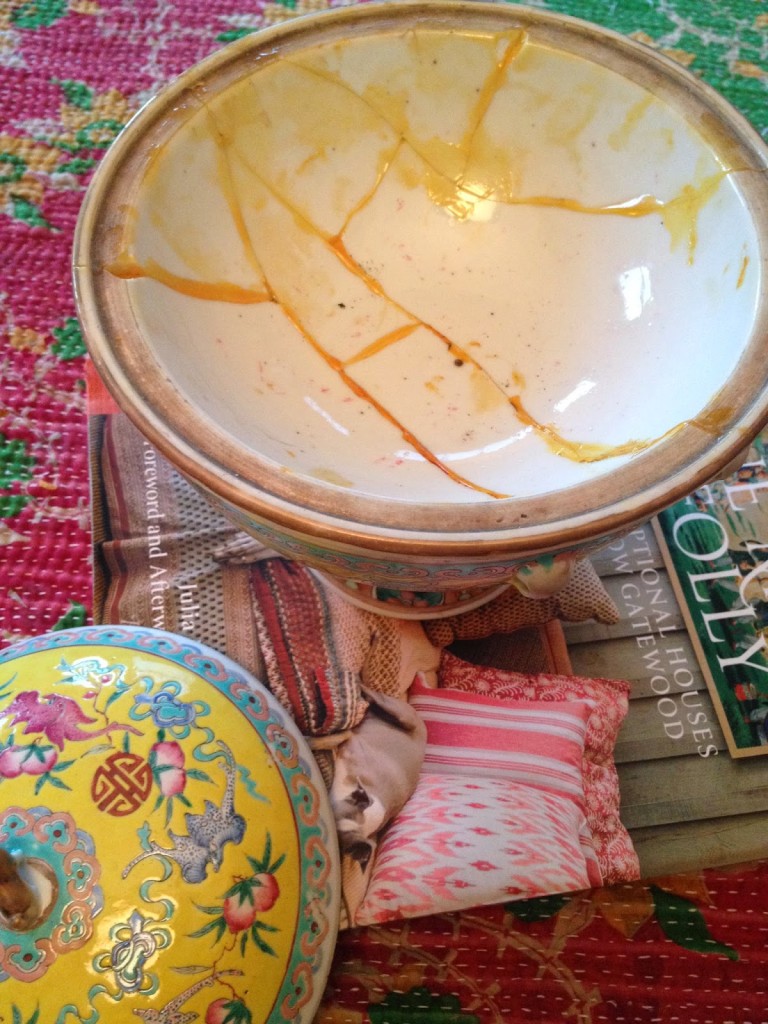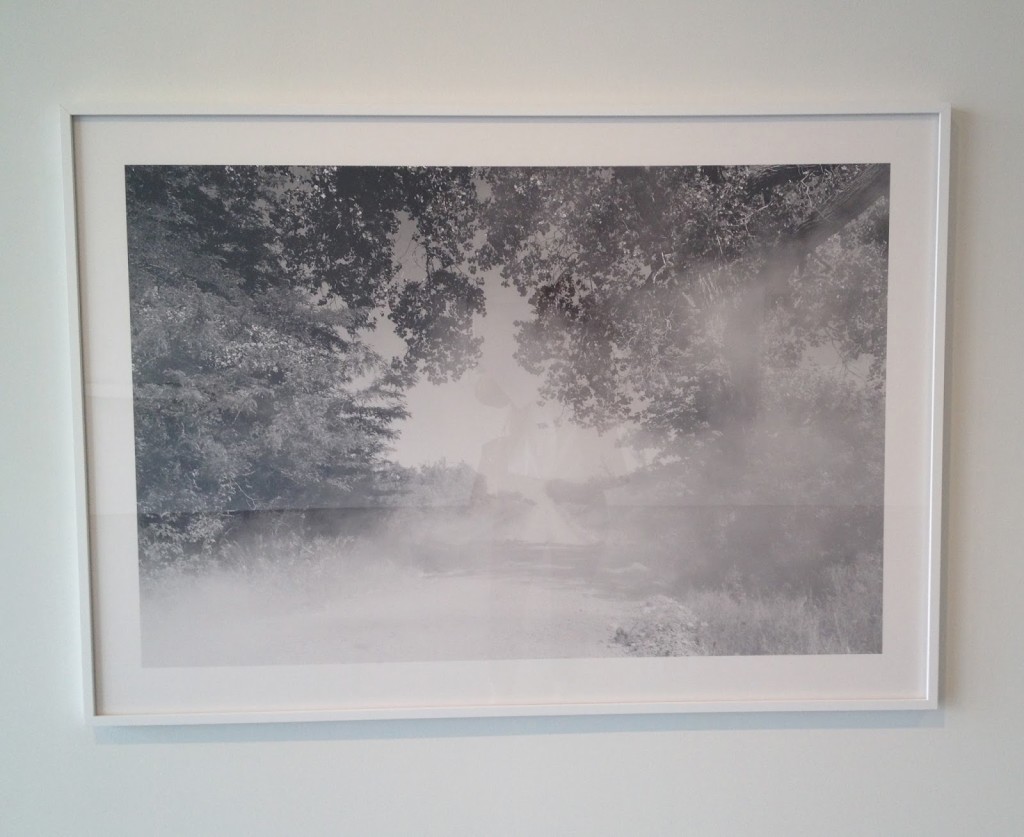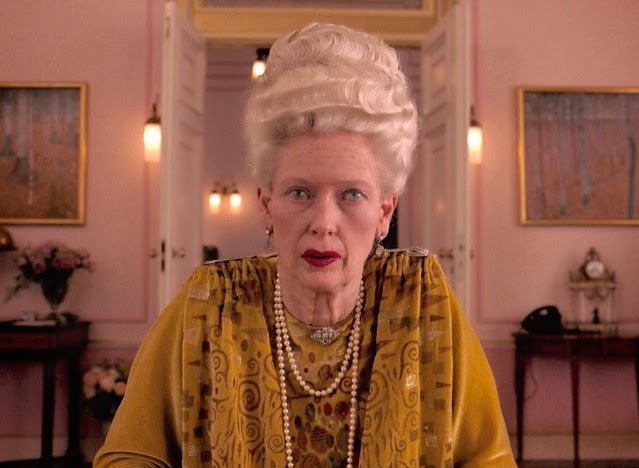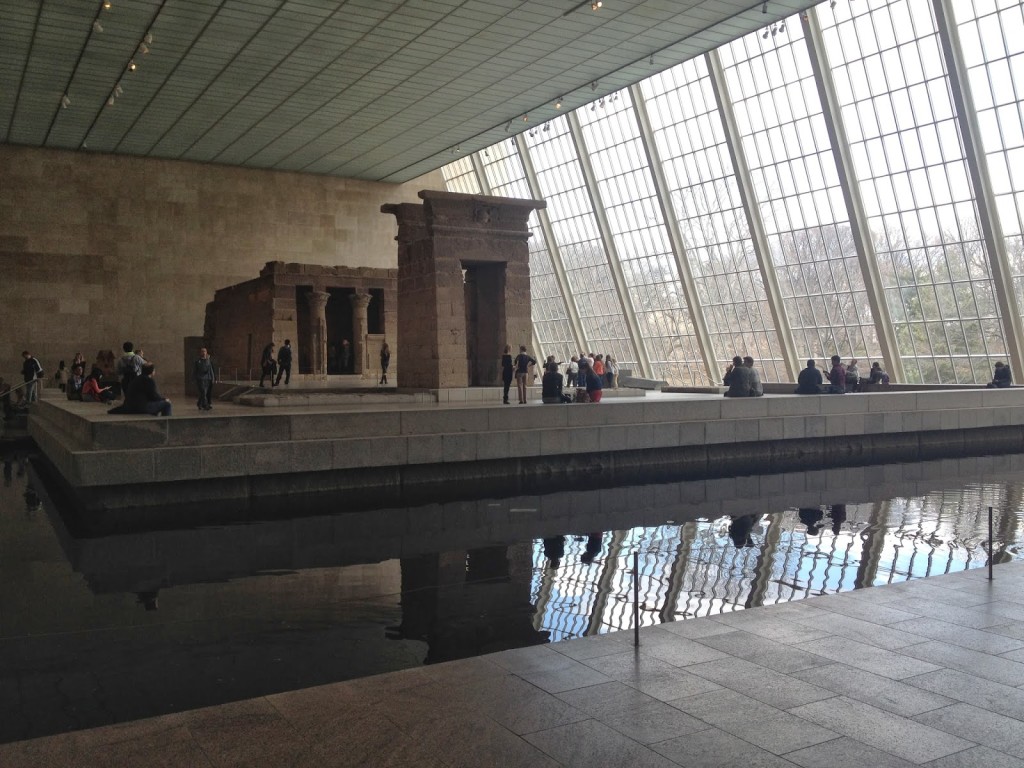George Stacey leaned casually against my front door a week or so ago, waiting patiently for me to invite him in. We’ve spent a lot of time together since and I’m delighted to know him better.
His aesthetic, admired by stylish luminaries such as Diana Vreeland, Babe Paley and Brenda Diana Duff Frazier, looks familiar with its mix of French antiques and garden chairs, but he led the charge in this melange of high/low goodness. Indeed, the deft handling of red and green that many designers manage today was a common element of Mr. Stacey’s work.
We are lucky that authors and publishers are circling back around to explore the lives and work of influential designers who did not publish in their day. I’m thrilled that George Stacey and the Creation of American Chic is part of my design library. I imagine any enthusiast would feel the same.
George Stacey and the Creation of American Chic by Maureen Footer, Rizzoli, 2014. Available here.
All images courtesy of Rizzoli, from top: Mark Hampton, courtesy of Duane Hampton, Diana Vreeland from the estate of George Platt Ynes, Stacey’s home in France from his personal papers, Nick Olsen’s apartment, Patrick Cline, Lonny.com.

